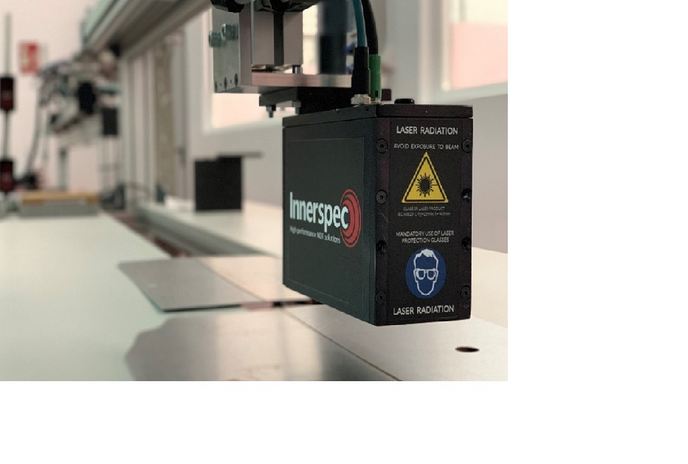Combining optical and ultrasound methods to check vehicle welds
Car manufacturers constantly seek weight reductions. This makes the cars lighter and more efficient to run. One method for achieving weight reductions is tailor welded blanks (TWBs). This technique uses a laser to create a high-quality join between two pieces of flat metal, usually steel, having different thicknesses or properties. Compared to traditional methods such as spot-welding, TWBs are cheaper, more spatially precise, stronger and more efficient. Nevertheless, defects in TWBs still occur. These can compromise vehicle safety, and cause wastage of materials. Each TWB must be inspected, and the automotive industry does so by using two separate methods. The technology most widely used is an ultrasound technique called EMAT – electromagnetic acoustic transducer – ultrasound inspection system, and this is sometimes complemented with and optical method called vision inspection system (VIS). Both have advantages and disadvantages.
First effective combination
The EU-funded OPTIBLANKS project combined both methods, whereby each counters the weaknesses of the other. Industry manufacturers have previously attempted such a combination, but the result was higher rejection rates. In contrast, OPTIBLANKS achieved an integrated and superior inspection process. EMAT ultrasound technology is able to detect internal defects, such as holes, concavities and dents or cracks in the weld. VIS spots superficial defects in appearance, such as misalignments and lateral offsets. The OptiBlanks system uses advanced processing algorithms to combine the methods for automatic assessment of the weld. The result is expressed as a weld quality index. The combined system also eliminates the false positives that would result from having two separate processes.
Industrial testing
“Our project developed the existing technology, then pilot-tested it in collaboration with our industrial partners,” says Jesus Jimenez, OPTIBLANKS R&D and Business Development Manager. The team validated the technology at test and industrial scales. “Our main objective was to show the added value of this approach to one of our most important customers, and thus receive feedback on our solution’s market potential if scaled up to a global level.” When installed into our partner TWB manufacturing lines, OptiBlanks outperformed current solutions, achieving a 100 % defect detection rate. The OptiBlanks system also provides manufacturers with a quality control process that permits enhancements of their welding processes. This will lead to a reduction in defects and reduced wastage. “Additionally,” says Jimenez, “we obtained the required certifications for commercialisation.” These accredit the system in the eyes of potential customers; without the certification, customers would hesitate to become involved. OptiBlanks is the only solution able to comply with relevant European standards. Project members are now working on further integration into TWB manufacturing facilities. Researchers have discussed opportunities for implementation of the OptiBlanks system with European and American manufacturers currently using EMAT ultrasound technology. The implementations would include both new installations and upgrades of old systems. The team also plans to adapt the hybrid inspection technology to non-automotive industries. Several potential applications have been identified, which the team plans to pursue if industry expresses sufficient interest. The OptiBlanks inspection technology is more effective than conventional systems. It allows reliable detection of weld errors and helps manufacturers refine their processes. Cars will become safer and less wasteful to make.
Keywords
OPTIBLANKS, weld, inspection, TWB, defects, automotive, EMAT, ultrasound technology, inspection technology, tailor welded blanks







